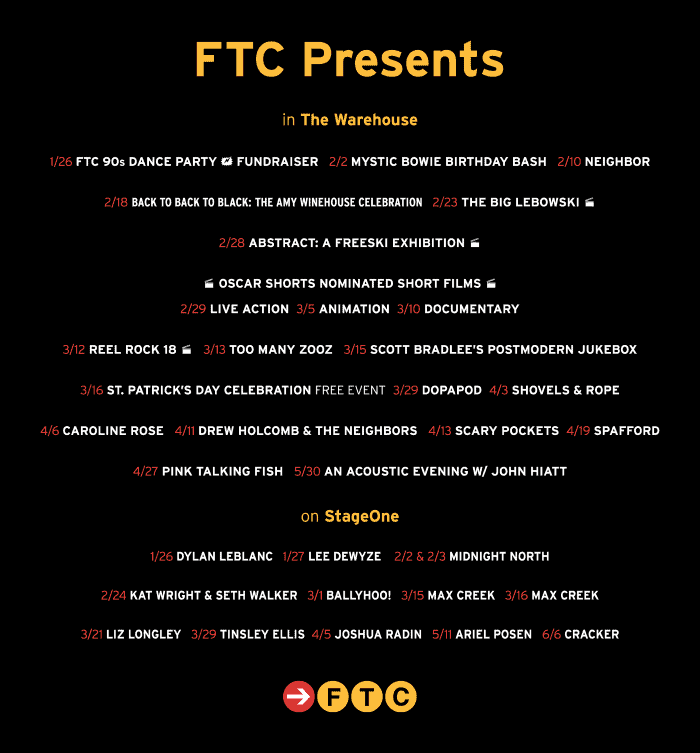Prior to the European settlers coming to New York in the late 1600s, the Lenni-Lenape Native Americans called the village of Larchmont their home.

to a crowd of people about the Lenni-Lenape Native Americans. When choosing topics to do presentations on, Osborne says he picks “pieces of history that one way or another relate to our history.” Photo/Taylor Brown
On Friday, July 14, David Osborne, a historian at St. Paul’s Church National Historic Site in Mount Vernon that showcases colonial life, spoke at the Larchmont Public Library about the Lenape.
Osborne explained that there isn’t a firm number as to when the Lenape lived in the lower Hudson Valley, but that it was “thousands of years ago.”
Gathered in the Village Center, Osborne told the audience the history of the Lenape, who lived in small groups of no more than 80 people, and mostly relied on agriculture to sustain themselves.
He described the colonies as “people who are unified by language, culture [and] traditions.”
With young life expectancies, the Lenape got married around 14 or 15, and could expect to live as old as 35.
The Lenape lived in wigwams, which were round huts made of either tree bark or animal hides.
For Gail Cundy, of New Rochelle, the most interesting part of the lecture was learning how the Lenape lived “with such limited circumstances.”
Osborne completed his presentation explaining that many of the Lenape lost their lives to disease carried over by the English.
Osborne said that neither the English nor Lenape were hostile toward one another at first, but the English did see the Lenape as lesser because the English had more advanced technology.

Marian Edson, of New Rochelle, said she was interested in attending the event because “anything about people who lived here before, I find quite interesting.”
Edson explained that it was also important to her that others realize the level of harm inflicted on the Lenape by Europeans.
“Too many Americans who live here don’t know what the poor [Lenape] had to suffer,” she said.
Osborne explained that because of the hardships the Lenape were facing, they began to travel west.
“This is a desperate flee, this is not an organized immigration,” he said.
As of present day, they still can be found in Wisconsin, Massachusetts, and in Canada, where they are recognized by the government as an independent Native American nation.
From the presentation, Osborne said that he hopes for people to gain “an understanding and appreciation about a world that’s basically gone.”



